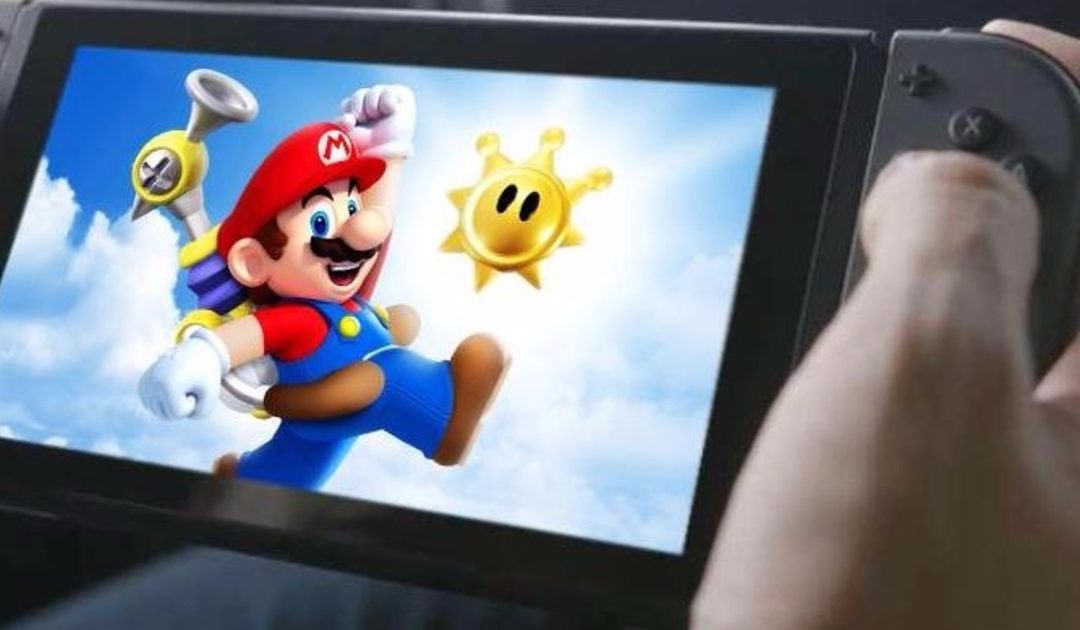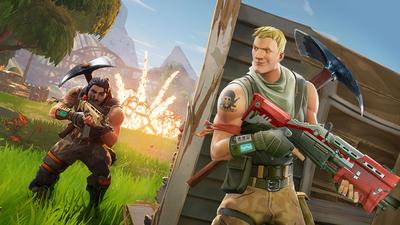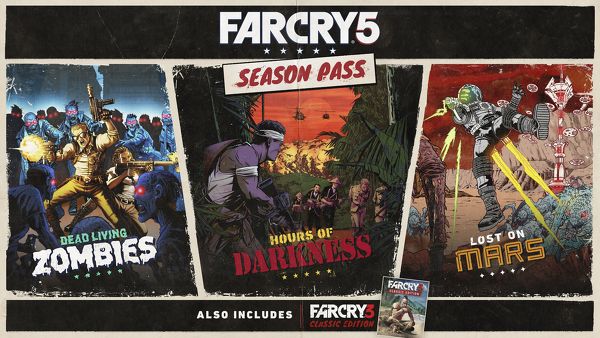
Dragon Quest Builders review – make the switch from Minecraft
One of the best alternatives to Minecraft comes to Nintendo Switch, with a charming spin-off that’s not just for existing fans.
It’s always seemed odd that no major publisher has ever tried to copy the success of Minecraft. There have been plenty of indie clones, but the only thing that’s come close from a traditional games company is the low profile Lego Worlds. And now this. Whether you care anything about the Dragon Quest games is irrelevant, as this offers a substantially different experience to both its inspiration and its parent franchise. And it’s a game that works particularly well on the Switch.
What excited us most about this game, when it was originally released in late 2016, is that it’s by Kazuya Niinou, creator of Etrian Odyssey – which happens to be one of our favourites. Although we’re sure most Western gamers have probably never heard of it, or probably Dragon Quest for that matter. Even though the latter is the most popular role-playing series in Japan. But if you are a fan there is a story connection here to the very first game, since you play in an alternative version of its ending – where the evil Dragonlord and his monsters actually managed to win.
The unusually non-combative solution to this problem is to rebuild the land of Alefgard from scratch, mining resources and constructing buildings by hand. But although it is still a sandbox game, where you’re free to go and build whatever you want, there’s a properly structured story to follow and non-player characters to talk to and recruit. Plus, some of that ‘mining’ involves beating up classic Dragon Quest monsters and using their carcases to build your home.
Another clear distinction between Dragon Quest Builders and Minecraft is that this is purely a single-player experience. You’re cast as the arts and crafts equivalent of the chosen one, with the plot hinging on everyone else having forgotten how to create anything with their own hands. Which as demonic curses go is a new one on us. They’re all keen to learn though, and the initial hours have you building up your first village from nothing and having various characters come to move in and help.
Unlike Minecraft, you’re treated to some very specific tutorials, that show how for the most common materials you need venture only a little way out of town to mine ores from the ground or harvest the local vegetation for organic materials. As you can see, the entire world is constructed out of little Minecraft-esque cubes; leaving you free to make the minimum of environmental impact with your excavations or carve out a giant statute in the side of a mountain, depending on your preference.
Monsters are little more than a nuisance at first, but inevitably they end up being the source of some of the rarer items. The combat is real-time and reminiscent of the top down Zelda games, so nothing like traditional Dragon Quest games – or at least certainly not the first one. The stronger monsters are what encourage you to build a blacksmith and armoury, and from there new weapons and armour. Before long your village is not only teeming with people but a self-propagating factory for its own enlargement.
All of this is hugely charming and enjoyable. Dragon Quest Builders is not a fast action game, but is instead meant as a counter to such things. You’re rarely in much danger, or under any time constraint, allowing you to take the game at your own pace and digress into building things that have no real benefit to the main story. There’s an old-fashioned playfulness to the game that manifests not just in its lack of pressure or hand-holding but in the Nintendo-esque dialogue that’s entirely PG-friendly but still has flashes of wry, knowing humour.
And unlike most construction games it doesn’t get bogged down in complications during the end game. The crafting elements do get increasingly complex, but at the same time villagers start to help with the busywork, preparing chests full of restoratives and defending the village if it’s attacked. As you gain experience it’s they, not you, that are levelling up and earning more perks and abilities, which is a neat reversal of the usual role-playing formula.
Given anyone can see the influence from just looking at a screenshot, it’s unfortunate that Dragon Quest Builders is often dismissed as a mere Minecraft knock-off. Especially as that leaves it open to complaints that it’s not nearly as open, with very little ability to dig straight down into the ground and some nasty invisible walls whenever you come across water.
But those are stylistic choices as much as anything else, and the only major technical problem is the sometimes awkward camera system. There’s no significant difference between this Switch version and the original PlayStation 4 release, but the unhurried pace and simple controls make it perfect for the Switch and playing on the go (there’s already a PS Vita version). We’re happy to know that a sequel is already on the way, but for now it’s well worth digging out the original.
Dragon Quest Builders
In Short: A surprisingly successful mash-up between two completely different franchises, whose quiet charms offer a welcome alternative to incessant action and overbearing storytelling.
Pros: The Minecraft elements are neatly explained, and offer a significant amount of freedom for a story-base game. Charming script and characters, and some fun twists on the usual JRPG formula.
Cons: Compared to Minecraft there are some obvious limitations, especially when digging underground. Camera isn’t always that helpful. Dragon Quest in-jokes will be lost on many.
Score: 8/10
Formats: PlayStation 4 (reviewed) and PS Vita
Price: £49.99
Publisher: Square Enix
Developer: Square Enix
Release Date: 14th October 2016
Age Rating: 7
Email gamecentral@ukmetro.co.uk, leave a comment below, and follow us on Twitter
Dragon Quest Builders review – make the switch from Minecraft









